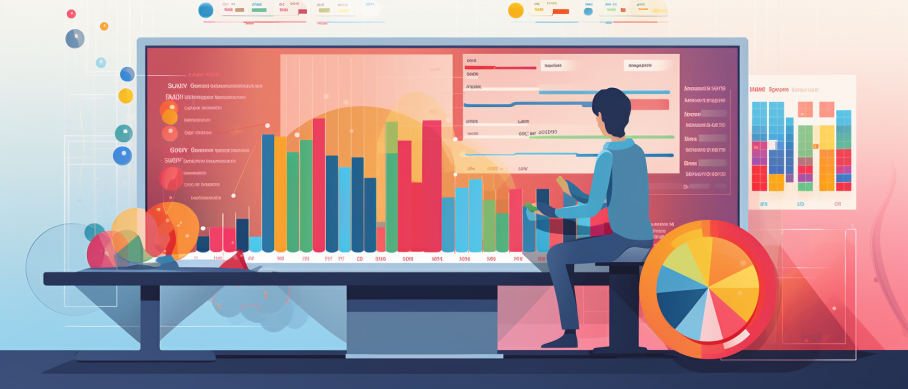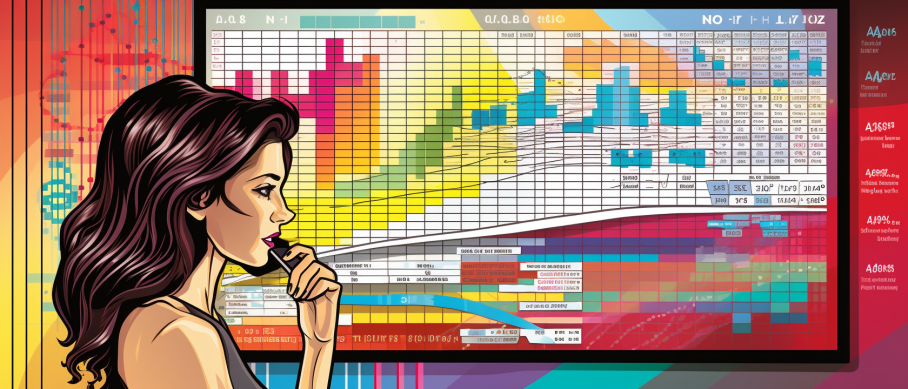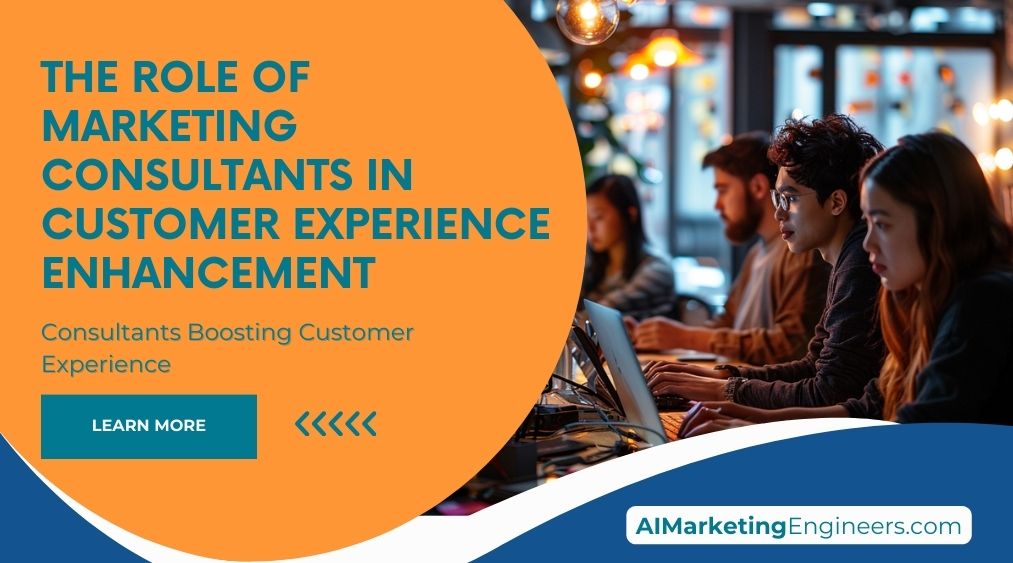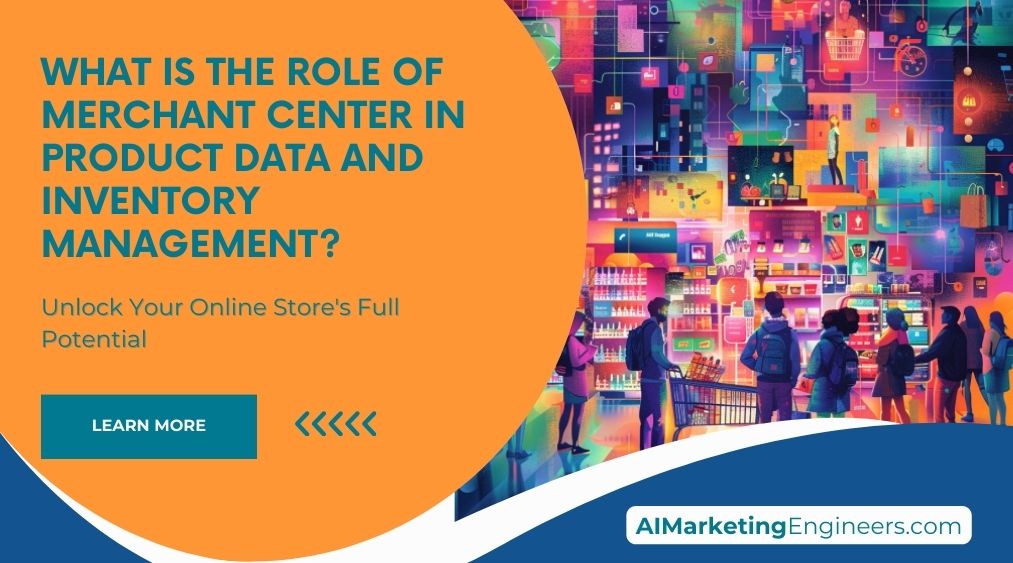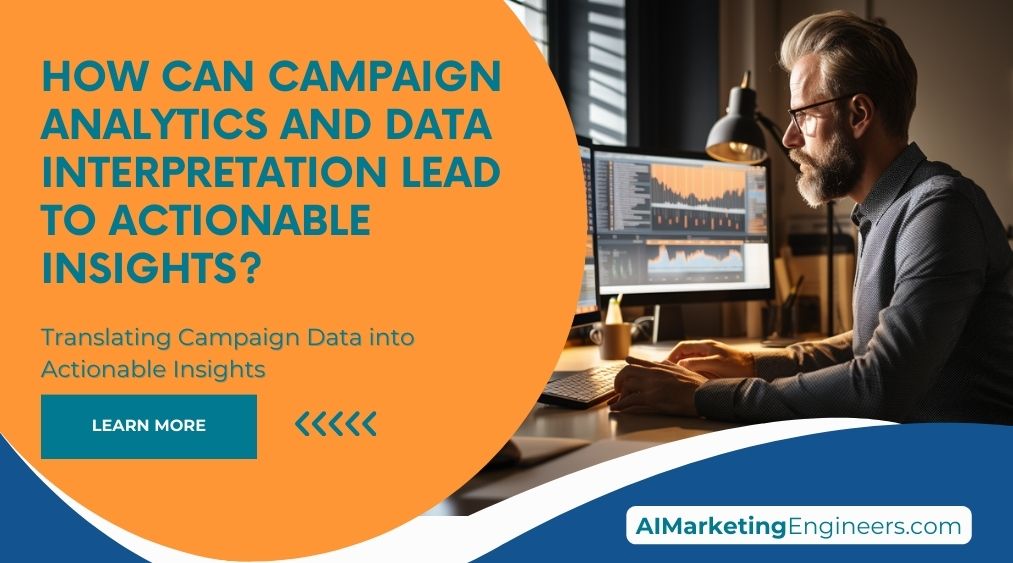Key Takeaways
✅ Data Insights and Automation Enhance Efficiency: By tapping into programmatic advertising, advertisers can enjoy a streamlined process that's not just quick but also cost-effective. Real-time analytics mean campaigns can be tweaked on the fly to secure better returns on investment (ROI) and advertising spend (ROAS). It's all about targeting those who are most likely to be interested in what you're selling, making sure every penny counts.
✅ Transparency and Accountability Are Crucial: A recent audit showed that in the shifting sands of digital advertising, knowing exactly where your money goes is more important than ever. Advertisers need to keep a watchful eye on their ad tech vendors – clear information on viewability and the true cost per impression is key. This vigilance helps hone your bidding tactics and choose the best ad tech partners.
✅ Optimization and Fine-Tuning Are Ongoing Processes: Programmatic advertising isn't 'set it and forget it'. Advertisers must keep refining their strategies, learning from each campaign to boost conversions. It's crucial to maintain a balance, preventing ad overexposure which can turn would-be customers off, all while tweaking ads for maximum impact.
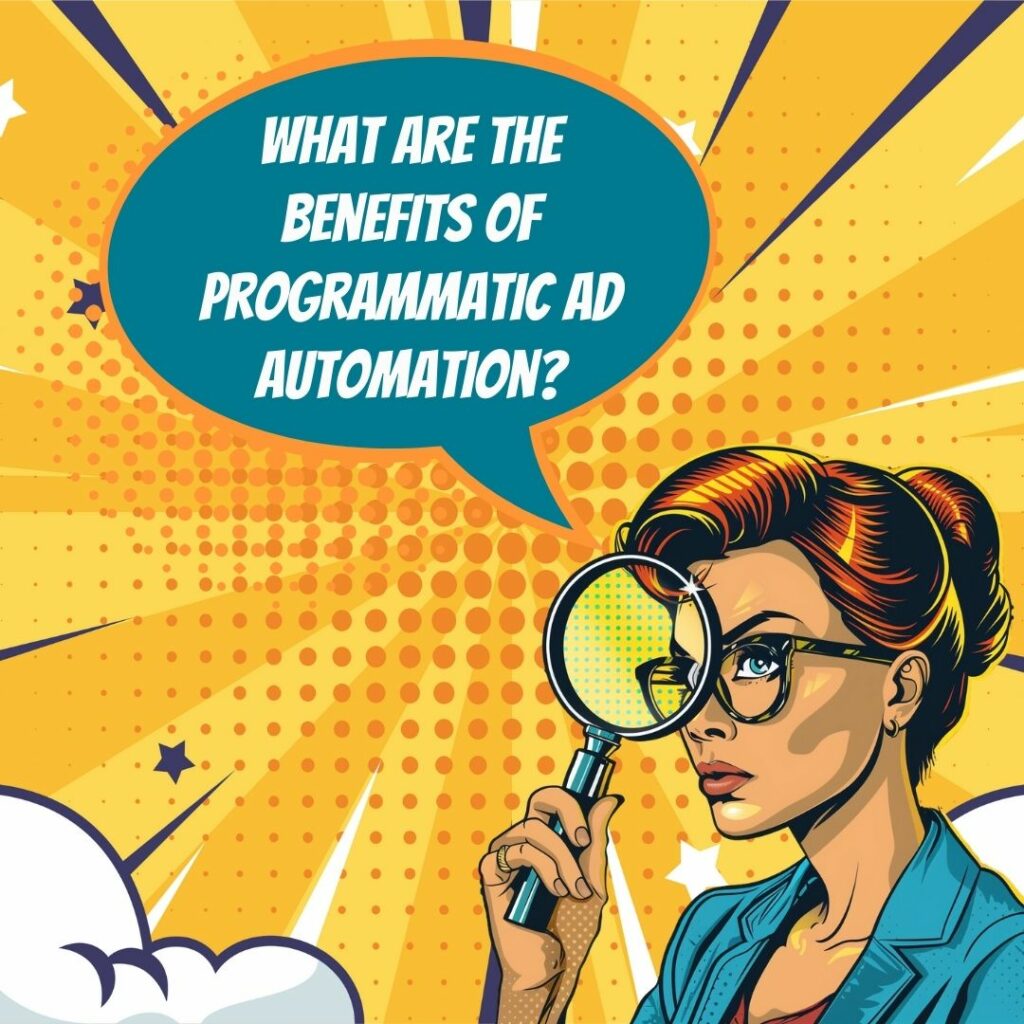
Introduction
Wouldn't you want to be a mind reader if it could help you sell more? That's almost what programmatic ads promise – the power to predict what your customer wants by interpreting their online behavior and showing them your message at the perfect moment. At its core, Programmatic Ads Uncovered: Leverage Data Insights and Automation for Better Audits is about transforming "guesswork" into "know-how", using technology to reach out to potential customers with laser-sharp precision.
Imagine being able to zero in on your audience just as they're ready to make a decision, or better yet, piquing their interest before they even know they need what you offer. This article peels back the layers of programmatic advertising, revealing a world where data is king and automation is your trusted knight, battling for better audits and ROI. We'll explore the benefits, from the nuts and bolts of how these ads work to up-to-the-minute trends and the future of digital advertising.
Stay with us as we unlock actionable insights and strategies that can revolutionize your approach to digital marketing. We'll delve into modern solutions that not only aim to maximize revenue but also help maintain the integrity and personal touch of your campaigns in a landscape that's always evolving. Get ready for a read that promises to not just inform but also empower you with knowledge to command your digital domain.
Top Statistics
| Statistic | Insight |
|---|---|
| Market Growth: Programmatic advertising market to expand by $314.27 billion from 2022 to 2026. | That's a massive surge! It indicates how vital it is for businesses to understand and invest in programmatic advertising strategies now to not miss out on this substantial market opportunity. |
| Mobile Advertising: Expected to hit nearly $400 billion by 2024. | With smartphones glued to our hands, this form of advertising could be a goldmine. Marketers should tailor their content to be mobile-friendly, ensuring ads look great on small screens and tap into the vast mobile user base effectively. |
| Adoption Rates: Australia and Oceania lead with 82.75% adoption of programmatic advertising. | Automation and data-driven tactics are evidently receiving a standing ovation down under. This suggests that other regions could benefit from taking a leaf out of their playbook when approaching programmatic ads. |
| Ad Blocking: Publishers may lose $54 billion by 2024. | A staggering number that can't be ignored. This statistic screams for more strategic ad placement and the delivery of user-friendly ads to minimize frustration and the desire to block them. |
| Privacy Concerns: 85% users want better data protection and privacy. | In the age of information, data is the new gold—but it needs safekeeping. As people call for improved privacy measures, marketers must balance personalized advertising with respect for personal data. |
Understanding Programmatic Ads and Their Advantages
Programmatic ads are simplifying the way companies buy and sell ad space. Using software and data, these ads harness artificial intelligence (AI) and machine learning to place ads in front of the right eyes. Imagine having a virtual assistant that not only finds the perfect spot for your ad but does so in a fraction of a second. That's programmatic advertising in action—speedy, efficient, and smart. This automation reduces human error and ensures precision targeting, making every ad dollar count. Additionally, programmatic ads can adapt in real-time to changing market conditions and audience behaviors.
Automation and Precision in Programmatic Advertising
Automation is king in this realm. It sets up campaigns, decides on placements, and rolls out ad creatives without breaking a sweat. Marketers can sit back and concentrate on strategy, knowing the grunt work is in capable digital hands. You can think of these ads as guided missiles; they lock on to an audience using data from past behavior and demographic information. This precision minimizes wasted impressions and enhances ad relevancy. Moreover, the use of machine learning algorithms continuously improves targeting accuracy over time.
The Financial Impact of Programmatic Ads
Now let's talk numbers; even a 0.01% increase in click-through rates can mean a significant uplift in revenue. Programmatic ads help push those numbers, thanks to precision targeting. It's not just about spamming the web with your banners but making sure they appear to the right person at the right time. This targeted approach leads to higher conversion rates and better return on investment (ROI). Additionally, the efficiency of programmatic buying reduces overall ad spend while maximizing reach. Real-time bidding ensures you're always paying a competitive price for ad space.
Efficiency and Real-Time Bidding in Programmatic Advertising
Efficiency is yet another feather in its cap. Programmatic advertising is like a stock market for ads—every millisecond, bids are made and won on ad spaces. And with real-time bidding, the process is as cost-effective as it is swift. In the complex digital ecosystem, every penny saved is a penny earned. This rapid bidding process ensures optimal ad placements. Furthermore, real-time adjustments based on performance data can be made, enhancing campaign effectiveness. The seamless operation of programmatic platforms saves both time and resources.
Data-Driven Insights and Business Growth
Lastly, let's not forget the gold mine of data-driven insights. With these insights, businesses can fine-tune their messages, ensuring that their ads resonate more deeply with their customers. Data collected from programmatic campaigns can reveal trends and patterns that inform future strategies. This level of insight is invaluable for optimizing ad performance. Continuous analysis and adjustment lead to sustained growth and improved customer engagement. Leveraging these insights helps in creating more personalized and impactful advertising experiences.
Tapping into the Types of Programmatic Advertising
Understanding the variants of programmatic ad buying is crucial. Real-time bidding (RTB) is like an auction house for ads. Advertisers bid for ad space in milliseconds, and the highest bidder wins the right to display their ad. It's dynamic, competitive, and ensures that advertisers are only paying the fair market price for ad space. Private Marketplaces (PMPs) offer more controlled environments with selected participants, enhancing ad quality. Programmatic Direct provides stability with pre-negotiated deals, ensuring predictable ad placements. Each type has its own benefits and can be chosen based on specific campaign goals.
Addressing Challenges and Navigating the Future of Programmatic
No road is without its bumps, and for programmatic ads, ad fraud and ad blocking are significant hurdles. The question remains, how does one maintain the integrity and effectiveness of campaigns in the face of these challenges? Employing advanced fraud detection technologies is crucial for maintaining campaign integrity. Regaining trust involves transparent data practices and adhering to privacy regulations. Contextual targeting and reliance on first-party data are becoming increasingly important as third-party cookies phase out. The future will see more integration across various channels for a cohesive customer experience.
Programmatic Advertising Best Practices
When delving into the world of programmatic, the know-how on audience data is non-negotiable. Using Data Management Platforms (DMPs) wisely can be the difference between a successful campaign and a flop. Picking a suitable demand-side platform (DSP) is like choosing a warrior for battle; it needs to align perfectly with your goals and know the landscape of your target audience. Continuous optimization and monitoring are key to maintaining high performance. Regularly updating your strategies based on fresh data keeps your campaigns relevant. Staying informed about industry trends ensures you leverage the latest advancements in programmatic advertising.
The Road Ahead for Programmatic Advertising
Innovation isn't slowing down. AI and machine learning are set to get even smarter, crunching data in ways we can barely imagine today. This will inevitably enhance the effectiveness of programmatic ad strategies, making them more intuitive and insightful. The industry is buzzing about identity graphing and device fingerprinting. These are sophisticated ways to reach the audience without stepping on privacy toes. Paired with dynamic ad creatives that change based on user interests and behaviors, advertisements are set to be more engaging than ever before. The objective is singular – to grab attention in a world that's increasingly ad-blind. And with the power of programmatic advertising, marketers have a good shot at doing just that. Future advancements will continue to push the boundaries of personalization and efficiency.
AI Marketing Engineers Recommendation
Recommendation 1: Embrace Real-Time Bidding with Precise Targeting: Leverage Programmatic Ads to tap into real-time bidding environments. Recent statistics from eMarketer suggest programmatic will account for a staggering 86.5% of digital display ad dollars in 2021. Use data insights to identify the right audience and set parameters that ensure your ads are only bidding on spaces that are likely to convert. Create a data feedback loop that continually refines your targeting strategy based on user behavior and conversion analytics.
Recommendation 2: Invest in Transparent and Ethical Data Use: In an era where privacy concerns are high, utilizing programmatic ad platforms that prioritize transparency can set your brand apart. With increasing scrutiny on digital privacy, it's worth noting that a survey by Cisco found 84% of consumers want more control over how their data is being used. Align with platforms that provide clear user consent protocols. Demonstrate to your customers that you're using their data responsibly, which can enhance trust and potentially improve campaign performance.
Recommendation 3: Apply Automated Creative Optimization: A practical tool for programmatic ad effectiveness is the application of Automated Creative Optimization (ACO). By employing ACO, you can ensure that various design and messaging elements are dynamically tailored to the user's preferences, behaviors, and even the specific device they're using. This level of personalization can lead to substantial performance improvements. In fact, according to a study by Adlucent, personalized ads can drive up to a 3x improvement in click-through rate (CTR) over generic ads. Use ACO to not only capture attention but also to enhance the experience by delivering relevance.
Relevant Links
- Conquer the German Market with Our SEO Blueprint!
- Your Ultimate Guide to E-Commerce Success in South Korea!
- Programmatic Advertising Demystified – Tap into Real-Time Success!
- Create Content that Captivates – Tips for Engaging German Audiences!
Conclusion
As we pull back the curtain on programmatic ads, we're reminded of the compelling force they have become in modern advertising. With software that zips through decisions at lightning speed, these ads are not just about reaching an audience; they're about reaching the right audience. But what really makes programmatic ads stand out? Their roots are firmly planted in the fertile soil of data-driven insights and the power of automation.
Advertisers have swiftly moved from a manual, error-prone process to a streamlined, cost-efficient method that pinpoints the perfect place and time for their messages. With options ranging from Real-Time Bidding to Programmatic Direct, there’s flexibility to choose the path that aligns seamlessly with business goals. Yet, this digital landscape is not without its hills to climb—ad fraud, ad blocking, and the impending demise of third-party cookies are shifting strategies towards first-party data and privacy-compliant solutions.
Looking ahead, the role of AI and sophisticated algorithms in managing these automated transactions will only grow sharper. The push for personalization will lead to dynamic, fine-tuned ad creatives that resonate with audiences, increasing engagement and, ultimately, ROI. Embracing these innovations and trends is more than a suggestion—it’s a clarion call for marketers seeking to stay ahead.
As programmatic advertising continues to evolve, it challenges us to reconsider our tactics and tools. Are we fully leveraging the capabilities at our fingertips? Are our strategies bullet-proof against the evolving digital landscape? The discussion doesn't end here; it's just the beginning of a profound transformation in how we connect with consumers. Let's take this knowledge, refine our audits, and continue to make every ad count in a world that moves at the speed of a click.
FAQs
Question 1: What is Programmatic Advertising?
Answer: Programmatic advertising is a method of automating the buying and selling of digital advertising using data and algorithms to optimize ad placements and targeting.
Question 2: Where Can You Find Programmatic Ads?
Answer: Programmatic ads can be found on various digital platforms, including websites, mobile apps, social media, and connected TV.
Question 3: What Are the Benefits of Programmatic Advertising?
Answer: The benefits include increased efficiency, better targeting, and improved ad performance through automation and data-driven decision-making.
Question 4: What is Brand Safety and How Does It Work?
Answer: Brand safety refers to ensuring that ads are not displayed on websites or platforms that may be harmful to a brand's reputation. This is achieved through the use of brand safety tools and technologies that filter out inappropriate content.
Question 5: How Do You Measure Results in Programmatic Advertising?
Answer: Results are typically measured through metrics such as click-through rates, conversion rates, and return on ad spend (ROAS). Both in-channel and omni-channel measurement approaches are used to evaluate campaign performance.
Question 6: What is the Impact of the Death of Cookies on Programmatic Advertising?
Answer: The decline of cookies on the web has led to a shift towards alternative targeting methods, such as contextual targeting and first-party data. Advertisers and agencies need to adapt their strategies to ensure continued effectiveness.
Question 7: What is a Click Macro and How Does It Work?
Answer: A click macro is a tracking mechanism used to measure ad clicks and conversions. It is typically implemented through the use of tags and pixels on a website.
Question 8: What Questions Should You Ask a Programmatic Agency?
Answer: Key questions to ask include fees and margin transparency, measurement and attribution methods, future-proofing strategies, brand safety and fraud prevention, platform choices and strengths, in-housing capabilities and knowledge transfer.
Question 9: How Do You Implement Floodlight Tags in Tag Manager?
Answer: Floodlight tags are implemented by creating a tag in Google Tag Manager, setting up the tag configuration, and triggering the tag on specific events or actions.
Question 10: What Tools Are Used to Test Third-Party Ad Tags?
Answer: Tools such as the Google Tag Assistant and third-party tag validators are used to test and ensure the proper functioning of ad tags.
Academic References
- Berman, R., & Katona, Z. (2020). Incentive Misalignments in Programmatic Advertising: Evidence from a Randomized Field Experiment. Marketing Science, 39(6), 1033-1055. In this deep dive, the authors investigate programmatic advertising's effects, revealing a boost in purchases and website traffic. The study stresses the importance of incentive alignment to amplify programmatic advertising's potency.
- Boerman, S. C., Kruikemeier, S., & Zuiderveen Borgesius, F. J. (2017). Programmatic Advertising: An Exegesis of Consumer Concerns. International Journal of Advertising, 36(5), 707-728. This examination sheds light on the unease felt by consumers towards programmatic ads and probes into how it shapes consumer behavior and preference.
- Gupta, S., & Han, S. (2016). Role of Programmatic Advertising on Effective Digital Promotion Strategy: A Conceptual Framework. Journal of Digital & Social Media Marketing, 4(1), 94-105. Gupta and Han propose a conceptual framework to disentangle the contribution of programmatic advertising within digital promotion, addressing both its theoretical underpinnings and practical utility for market professionals.

